The history of Windows
Originally, Microsoft was called "Traf-O-Data" in 1972, then "Micro-soft" in November 1975 and finally on November 26, 1976 it received the name "Microsoft".
Microsoft entered the market in August 1981 by releasing version 1.0 of the Microsoft DOS (MS-DOS) operating system, an operating system with a 16-bit command line.
The first version of Microsoft Windows (Microsoft Windows 1.0) was released in November 1985. It featured a graphical user interface, inspired by the user interface of Apple computers at the time. Windows 1.0 was not successful with the public and Microsoft Windows 2.0, launched on December 9, 1987, did not have better luck.
It was on May 22, 1990 when Microsoft Windows became a success, with Windows 3.0, then Windows 3.1 in 1992 and finally Microsoft Windows for Workgroups, later called Windows 3.11, which included networking capabilities. Windows 3.1 cannot be considered a completely individual operating system as it was only a graphical user interface running on top of MS-DOS.
On August 24, 1995, Microsoft released the Microsoft Windows 95 operating system. With Windows 95 Microsoft wanted to transfer some MS-DOS capabilities to Windows. However, this new version relied too much on 16-bit DOS and still had the limitations of the FAT16 file system, so it was not possible to use long file names.
After some minor revisions of Windows 95, called Windows 95A OSR1, Windows 95B OSR2, Windows 95B OSR2.1 and Windows 95C OSR2.5, Microsoft released the next version of Windows on June 25, 1998: Windows 98. Initially, Windows 98 natively supported options other than MS-DOS, but it was still based on MS-DOS. In addition, Windows 98 had poor memory management when running multiple applications. This could cause system crashes. On February 17, 2000, a second edition of Windows 98 was released. It was called Windows 98 SE ("Second Edition").
On September 14, 2000, Microsoft released Windows Me (for Millennium Edition), also known as Windows Millennium. Windows Millennium was largely based on Windows 98 (and therefore MS-DOS), although it added additional multimedia and software capabilities. Also, Windows Millennium included a system restore mechanism to revert to a previous state in the event of a system crash.
At the same time as releasing these versions, Microsoft had been selling (since 1992) a full 32-bit operating system (not based on MS-DOS) for professional use, at a time when companies were mainly using mainframe systems. It was called Windows NT (for Windows "New Technology"). Windows NT was neither a new version of Windows 95 nor an improvement on it, but a completely different operating system.
On May 24, 1993, the first version of Windows NT was released. It was called Windows NT 3.1. This was followed by Windows NT 3.5 in September 1994 and Windows 3.51 in June 1995. With Windows NT 4.0, which was released on August 24, 1996, Windows NT became a real success.
In July 1998, Microsoft released Windows NT 4.0 TSE (Terminal Server Emulation). This was the first Windows system to allow terminals to connect to a server, i.e. to use thin clients to open a session on the server.
On February 17, 2000, the next version of NT 4.0 was given the name Windows 2000 (instead of Windows NT 5.0) to highlight the unification of the "NT" and "Windows 9x" systems. Windows 2000 is a full 32-bit system with Windows NT features, an improved task manager and full support for USB and FireWire peripherals.
Then, on October 25, 2001, Windows XP hit the market. This version was a merger of the previous operating systems.

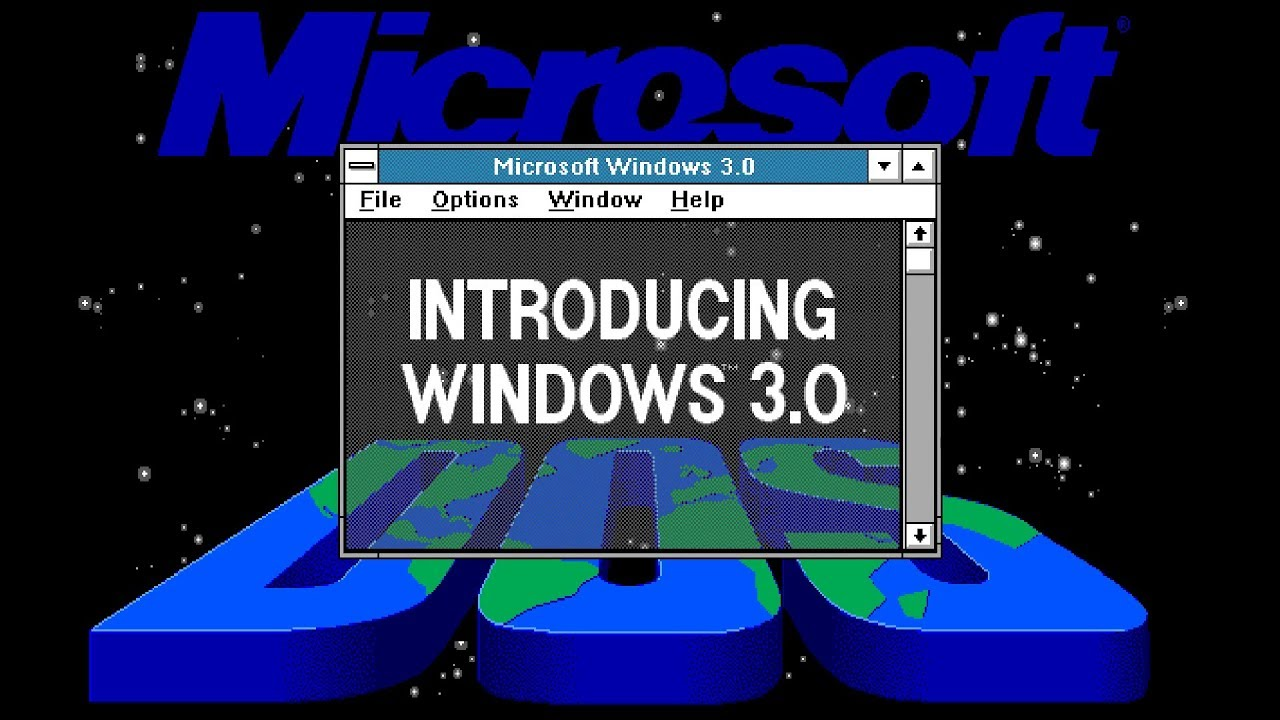
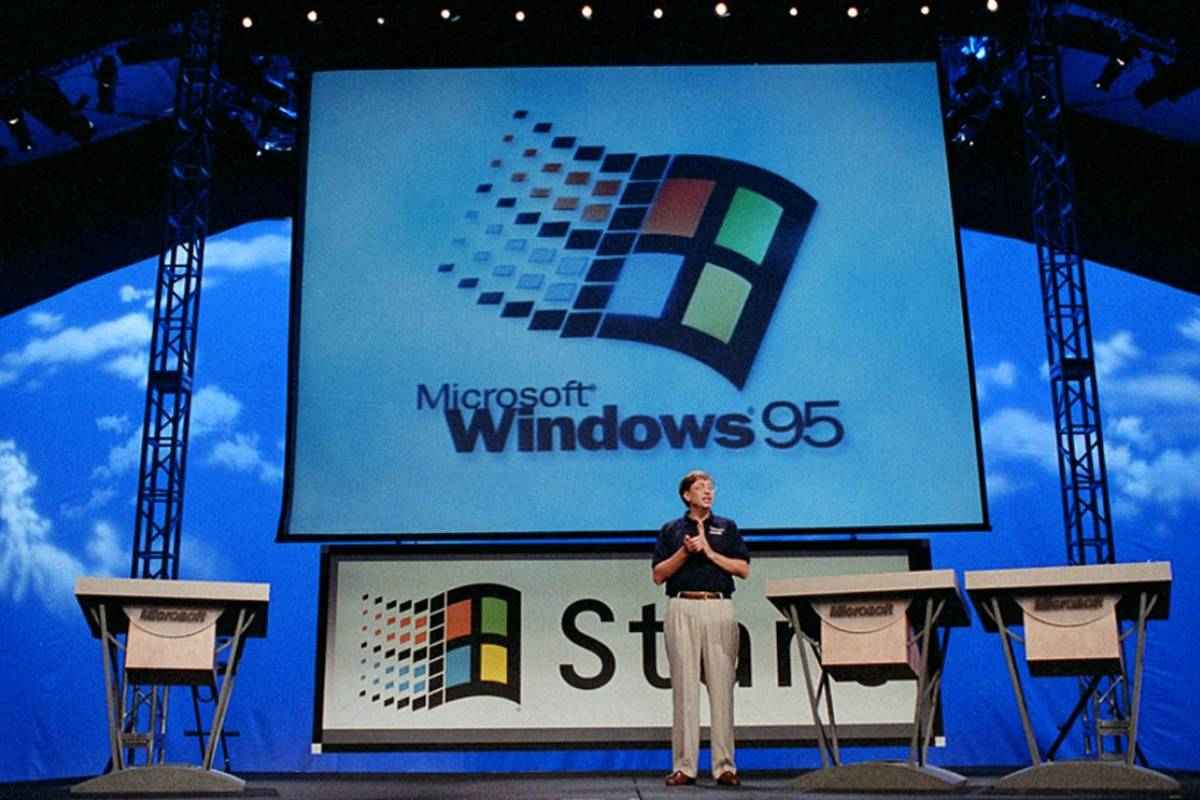

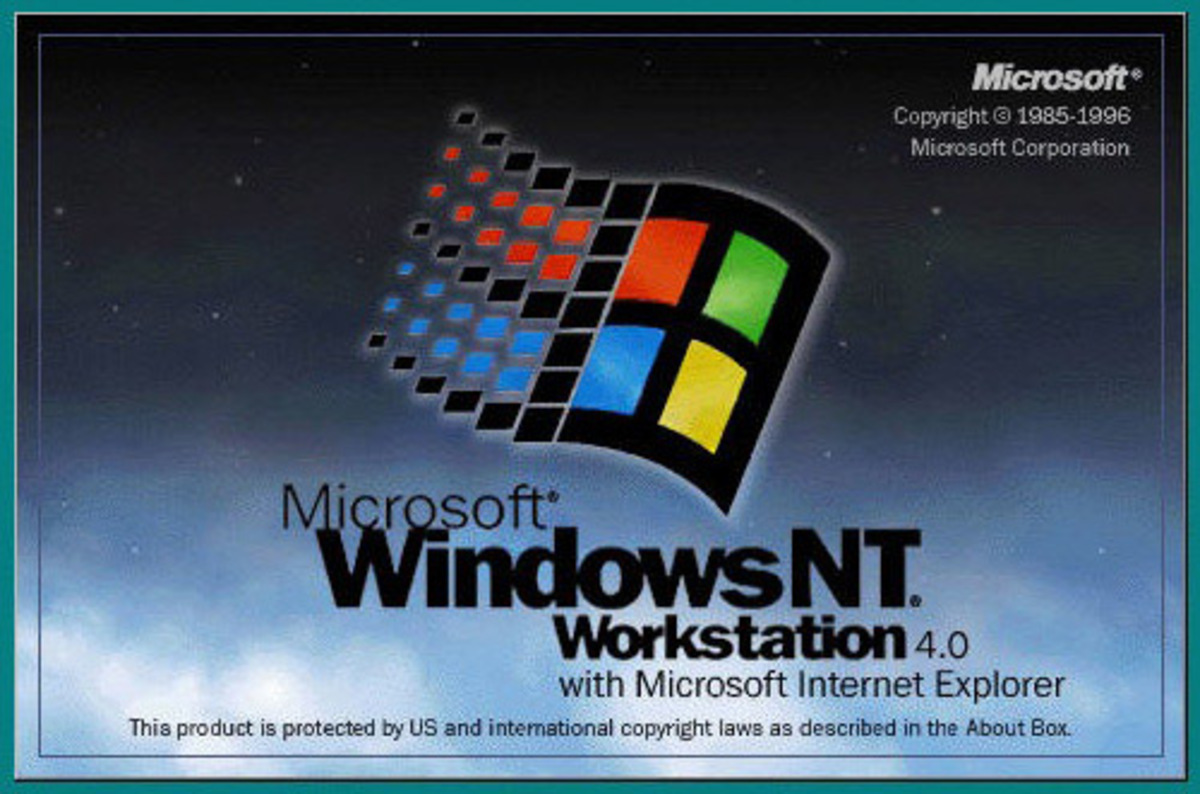


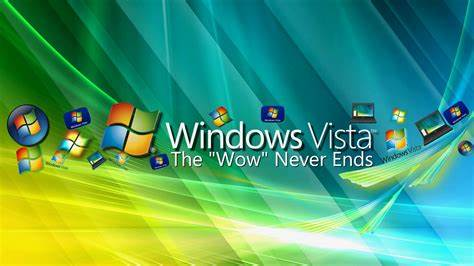


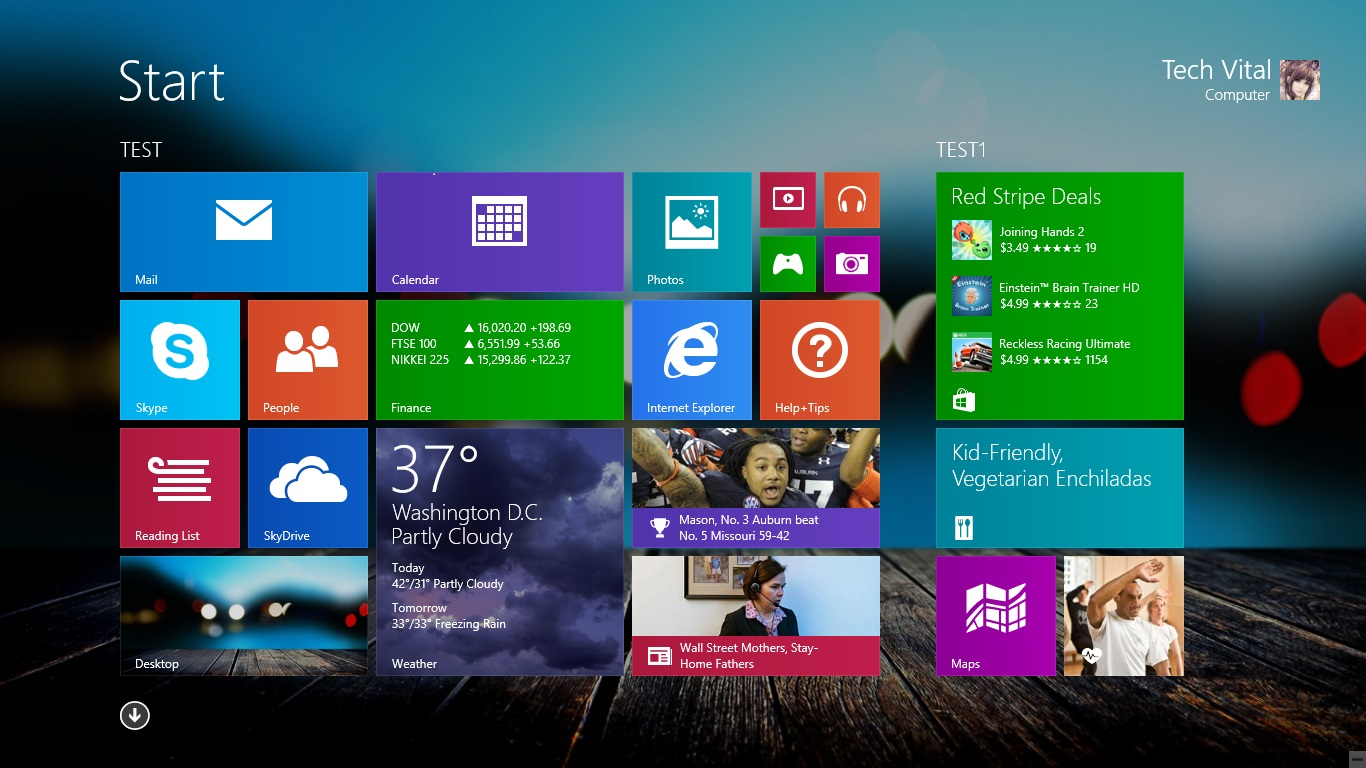


No hay comentarios.:
Publicar un comentario